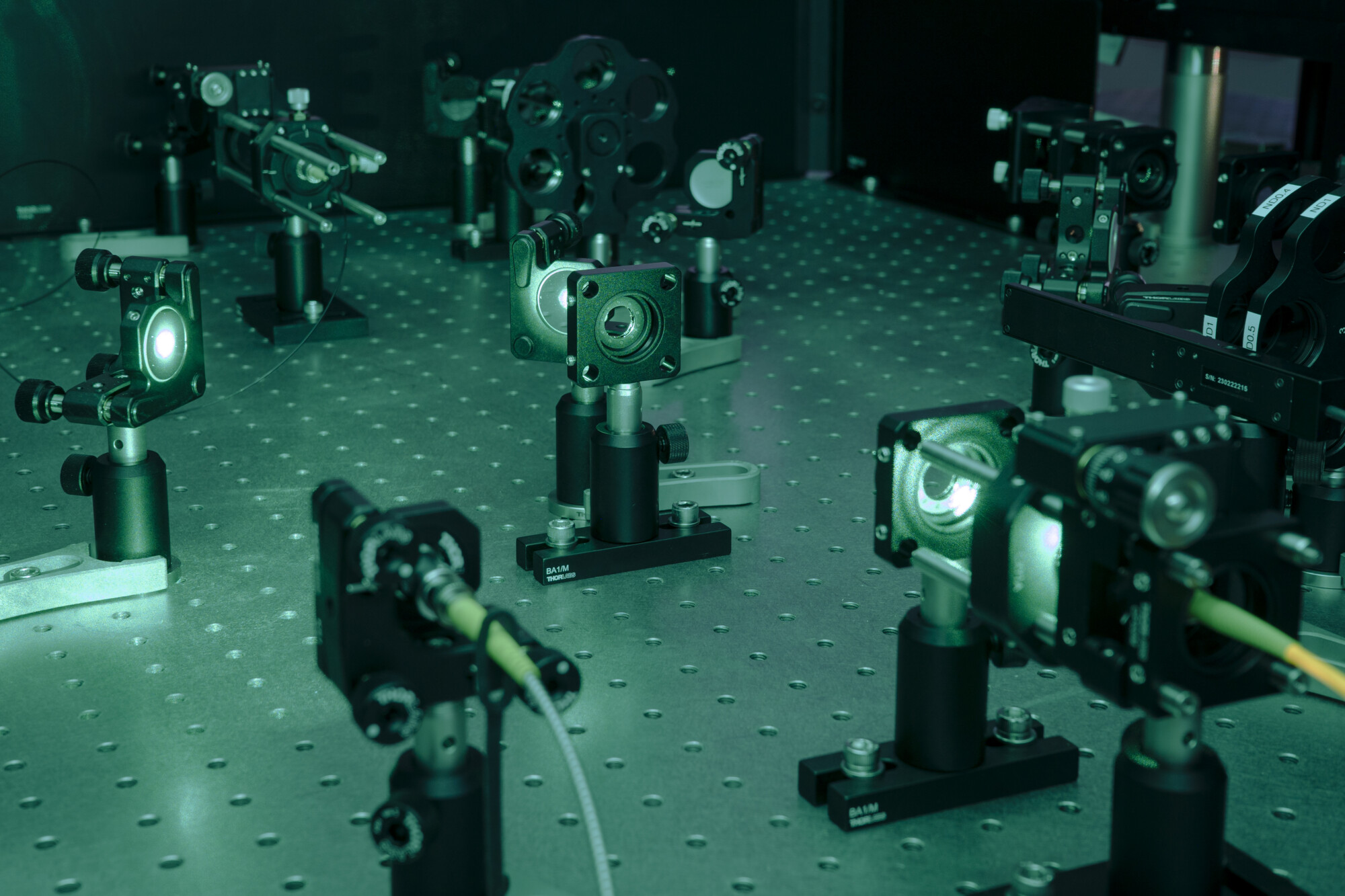Diamonds in Motion: SPINNING Project Leans On Diamond Defects for High-Fidelity Qubit Registers

Insider Brief:
- The SPINNING project, led by Fraunhofer IAF, is developing diamond-based spin-photon qubits that may provide lower cooling requirements, longer coherence times, and compatibility with conventional computing systems.
- By creating qubits through color centers in diamond, researchers use lattice defects doped with elements like nitrogen and silicon to trap electrons, forming addressable “qubit registers” that can be optically linked over distances up to 20 meters.
- At the project’s mid-term review, the team demonstrated high-fidelity entanglement of qubit registers across 20 meters, along with additional developments in diamond processing, photonic resonators, and AI applications.
- As the project advances, Fraunhofer IAF and its partners are committed to resolving challenges in resonator design and software control, moving towards a scalable, stable quantum computing solution that could benefit Germany’s national quantum technology ecosystem.
- Image credit: Fraunhofer IAF
Diamonds, with their atomic stability and unique properties for preserving quantum states, provide a compelling medium for use in quantum technologies. According to recent release, the project “SPINNING” is a new approach centered on spin-photon qubits within diamond structures. As part of Germany’s Quantum Computer Demonstration Setups initiative, this project combines the advantages of scalability, reduced cooling requirements, and improved compatibility with conventional computing. Unlike superconducting quantum systems, spin-photon quantum computers may offer lower error rates and longer coherence times.
Diamond Defects As Scalable Qubits
Creating stable and scalable qubits remains one of the toughest challenges for the realization of reliable quantum computation. While superconducting qubits are one of the first modalities that tend to come to mind when thinking about quantum computing, they come with limitations, particularly around cooling demands and coherence times. In response, researchers are exploring alternative methods to develop qubits that combine stability, scalability, and energy efficiency. Germany’s Fraunhofer IAF under the SPINNING project is actively working towards that goal by taking advantage of diamond’s unique atomic properties to create qubits with color centers—defects in the diamond lattice that enable durable spin-photon interactions.
Central to the SPINNING project is the creation of qubits through diamond’s color centers, which are specific types of defects within the diamond lattice. According to Prof. Dr. Rüdiger Quay, project coordinator at Fraunhofer IAF, the team is using diamond lattice vacancies doped with elements such as nitrogen, silicon, germanium, and tin to trap electrons. This enables electron spins to interact magnetically with neighboring carbon isotopes, creating a “qubit register” that acts as a matrix of addressable qubits. As Quay explains, “the SPINNING quantum computer will consist of at least two and later up to four of these registers, which in turn will be optically coupled over long distances of 20 m, for example, so that a comprehensive exchange of information can take place.”
The Spin-Photon Edge
Spin-photon quantum computers have shown distinct benefits when compared to superconducting Josephson junctions (SSJs). While SSJs can consist of hundreds of qubits, their coherence times tend to be shorter. Fraunhofer IAF notes that spin-photon systems achieve over 10 milliseconds in coherence time, while SSJs maintain stability for only about 50 microseconds. Furthermore, the SPINNING project’s current error rate of less than 0.5% matches top SSJ models in one-qubit gates, with the added benefit of stable long-range entanglement.
At the SPINNING project’s mid-term review held on October 22-23, 2024, in Berlin, the research team had the opportunity to showcase their progress, including a demonstration of qubit entanglement across two registers over a 20-meter distance. The team emphasized the significance of its high mean fidelity, a measure of how accurately entangled states match expected quantum behaviors. The team also revealed improvements in diamond processing techniques, advancements in photonic resonators, and new applications for quantum artificial intelligence. According to Fraunhofer IAF’s report, these developments suggest that spin-photon-based systems could offer advantages over superconducting quantum computers, including lower cooling demands and longer operating times.
Challenges in Design and Software
Despite its progress, the SPINNING project faces challenges, particularly in resonator design and automated control software. Enhancing resonator reproducibility and alignment precision are primary goals for the project’s final phases, aiming to further lower error rates. Another priority, as noted by project researchers, involves refining software to control spin-photon interactions reliably across the system’s optical routing network.
However, SPINNING represents a Germany’s national support for quantum initiatives. With support from the Federal Ministry of Education and Research, the project includes a consortium of 28 organizations—from leading universities to startups—that collectively contribute to developing the quantum ecosystem. Prof. Dr. Quay emphasizes that the project’s success lies in using diamond’s unique material properties to provide scalable, stable quantum technology that aligns with Germany’s commitment to quantum research and innovation.
Onward Towards Scalable Spin-Photon Technology
As the SPINNING project nears completion with lower cooling needs and improved coherence, spin-photon technology may provide the insights necessary for scalable, stable quantum computing. Fraunhofer IAF and its partners will continue to work towards diamond-based quantum computers that integrate with existing digital systems.
Groups mentioned in the announcement as involved in the project:
- Fraunhofer Institute for Applied Solid State Physics IAF (Coordinator)
- Fraunhofer Institute for Integrated Systems and Device Technology IISB
- Research Center Jülich GmbH
- Karlsruhe Institute of Technology (KIT)
- University of Constance
- University of Heidelberg
- Technical University of Munich
- University of Ulm
- Diamond Materials GmbH, Freiburg im Breisgau
- NVision Imaging Technologies GmbH, Ulm
- Qinu GmbH, Karlsruhe
- University of Stuttgart
- Quantum Brilliance GmbH, Stuttgart
- Swabian Instruments GmbH, Stuttgart
- Plus, 14 additional partners from across science and industry.
